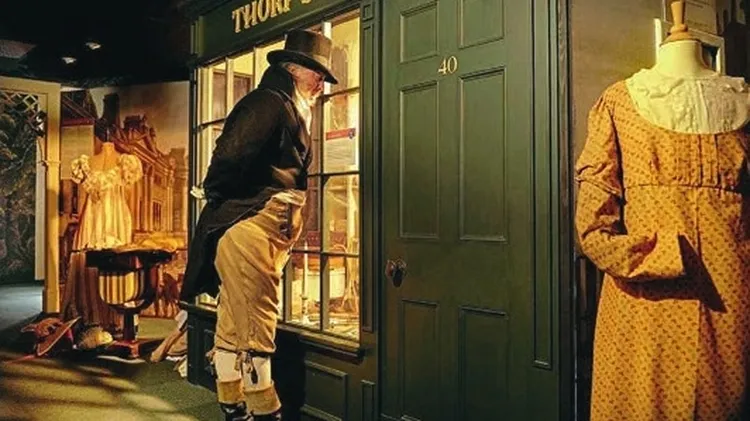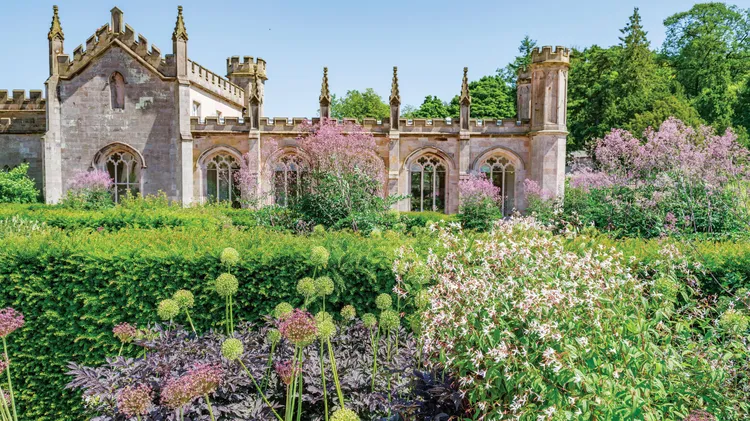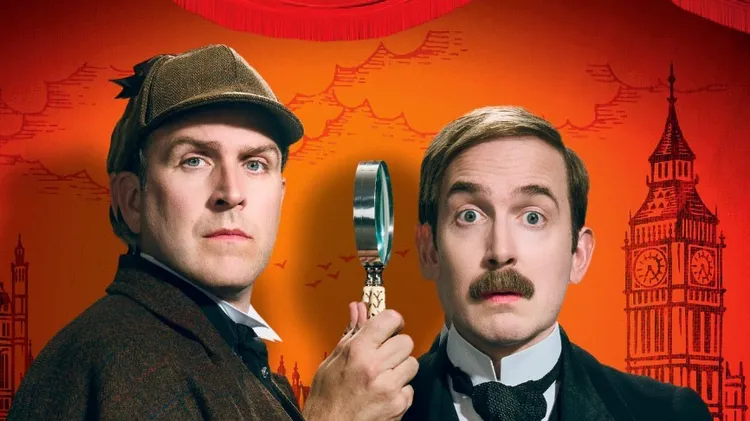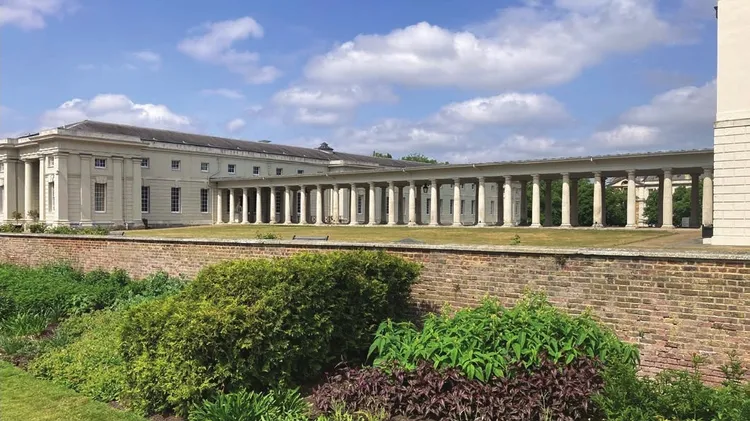For opera lovers, Glyndebourne Festival is the highlight of the summer, bel
A personal passion
8 min read
This article is from...
Read this article and 8000+ more magazines and newspapers on Readly






